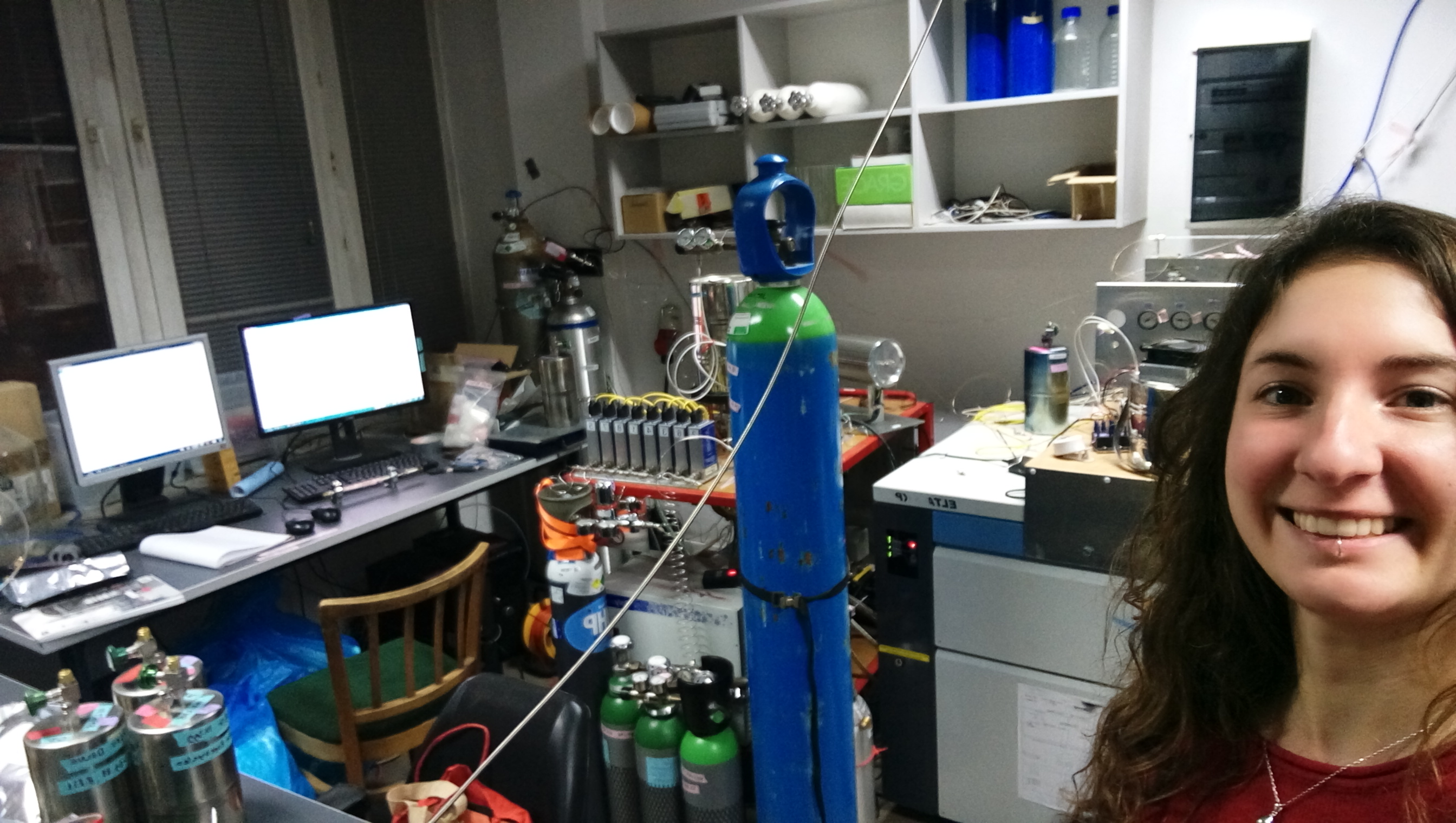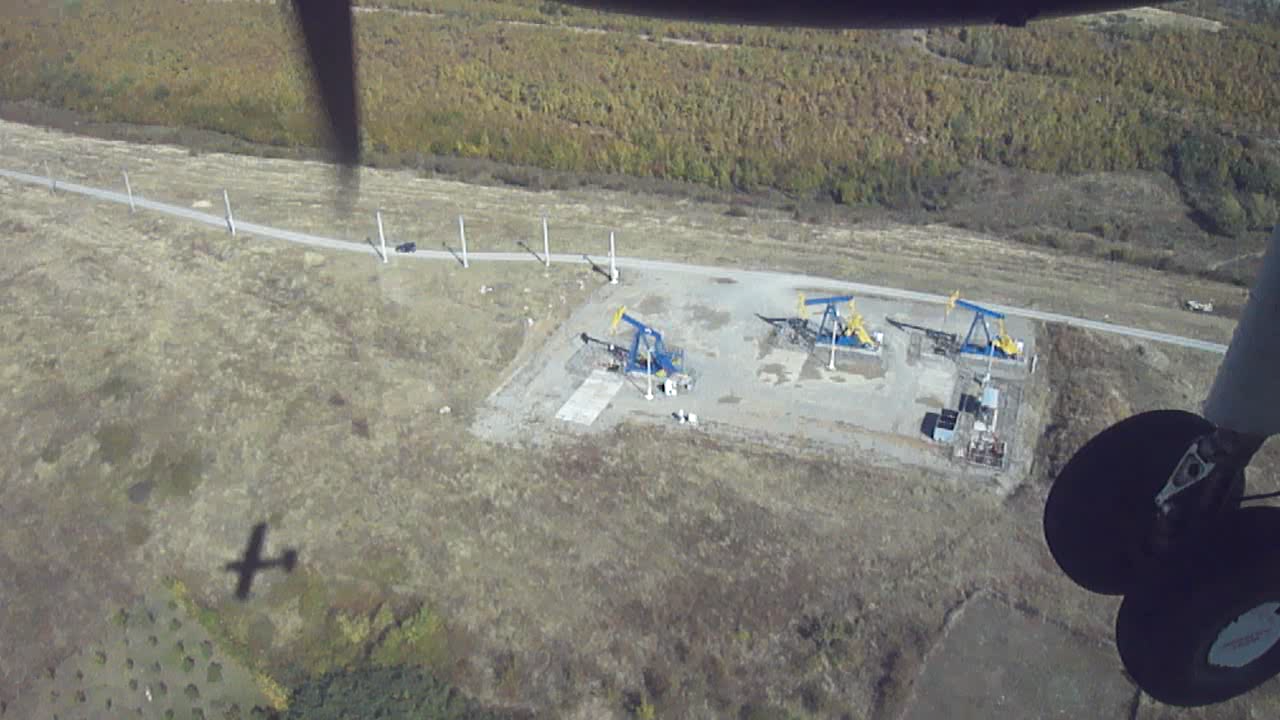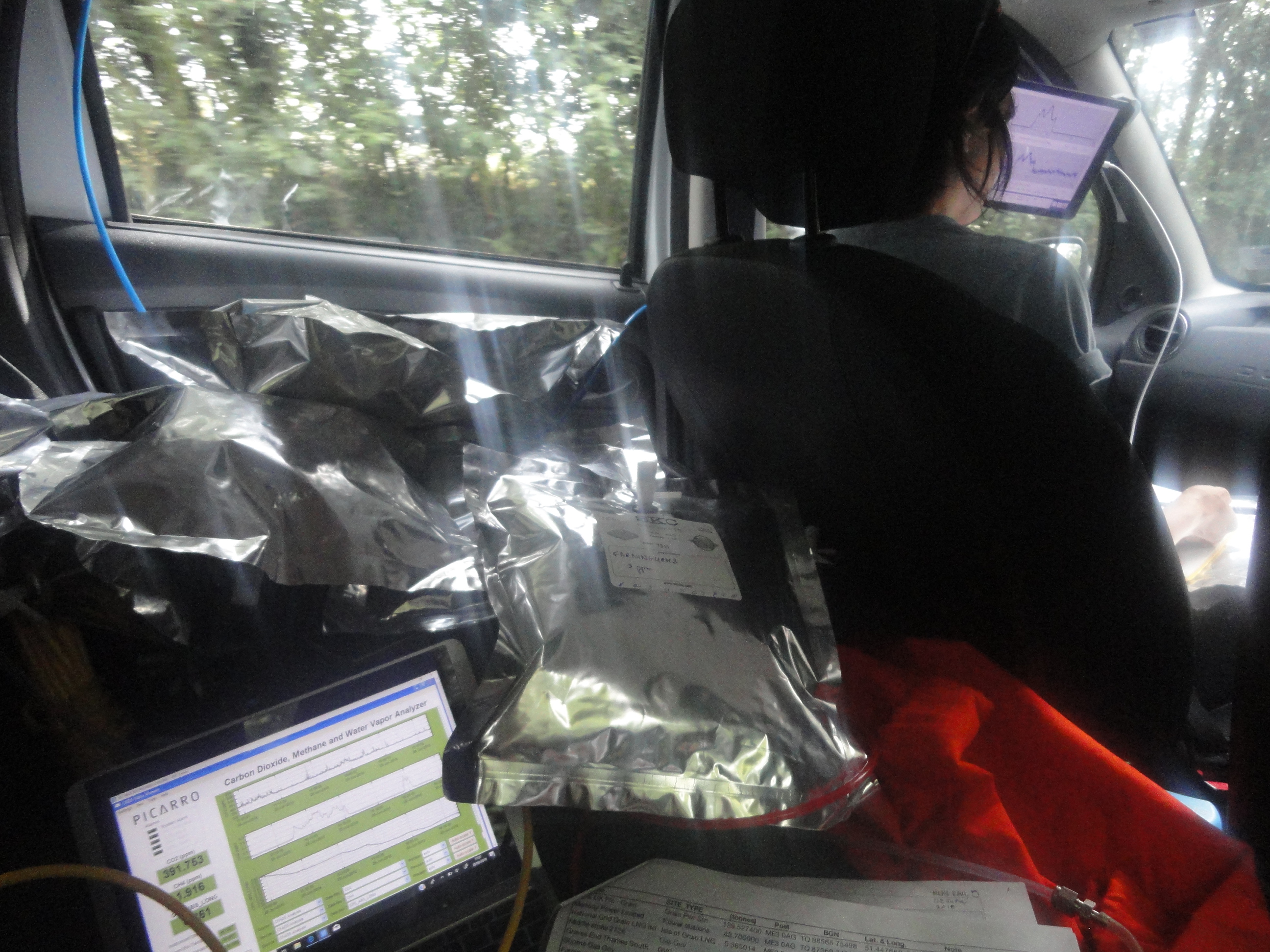Identification of methane sources using isotopic measurements across Europe
Malika Menoud
The interest in methane (CH4) emissions has recently increased. And for explicit reasons: 23% of the additional radiative forcing since 1750 is attributed to CH4 emissions (1), and reducing these can effectively contribute to climate change mitigation in a near future because of the relatively short lifetime of CH4 in the troposphere.
Anthropogenic methane emissions are caused mostly by fossil fuel extraction and distribution, cattle farming, production of waste and rice agriculture. However, uncertainties remain in the share and geographical variations of methane sources.
When CH4 is produced, it has a certain isotopic signature that depends on the chemical pathway. By measuring methane isotopes in air samples at certain locations, we can know more about the emission source. In my project, I carry on measurements of the 2 main stable isotopes of methane (13C and 2H) in several locations over Europe, and from various sources. We’re now able to better characterise the isotopic signature of these sources, and evaluate their strengths and geographical variations.
This work was supported by the ITN project Methane goes Mobile – Measurements and Modelling (MEMO2 website). This project has received funding from the European Union’s Horizon 2020 research and innovation programme under the Marie Sklodowska-Curie grant agreement No 722479.

Picture 1. February 8th, 2019 - Installation of the isotopic measurement system in Krakow, Poland. The instruments were continuously measuring CH4 isotopes in ambient air during 6 months.

Picture 2. October 12th, 2019 - Airborne measurements above oil and gas extraction facilities in Romania. (ROMEO website)

Picture 3. June 28th, 2018 - Sampling set-up in a car during surveys on several sources in the UK. CH4 concentrations are monitored using an analyser onboard. Samples are collected in foil bags by pumping air from outside when we see a CH4 elevation on the screen.
(1) Etminan, M., Myhre, G., Highwood, E.J., Shine, K.P., 2016. Radiative forcing of carbon dioxide, methane, and nitrous oxide: A significant revision of the methane radiative forcing: Greenhouse Gas Radiative Forcing. Geophys. Res. Lett. 43, 12,614-12,623.
